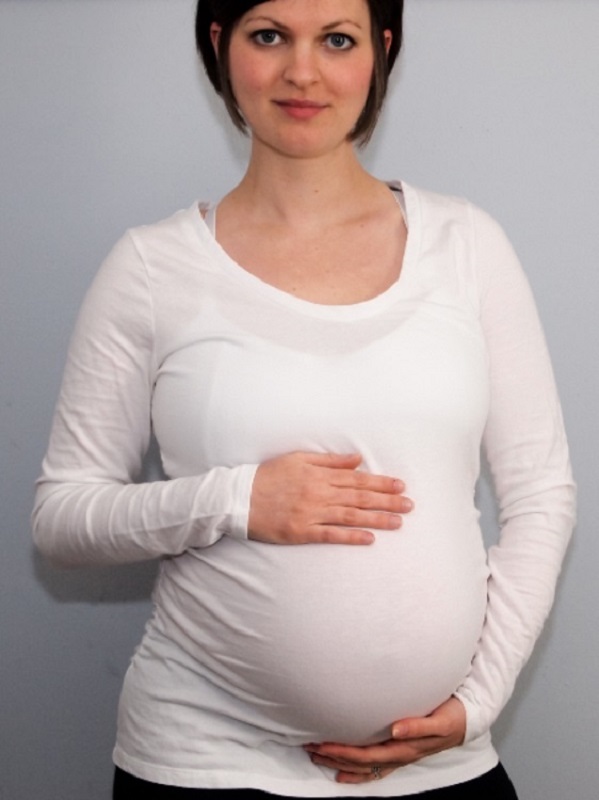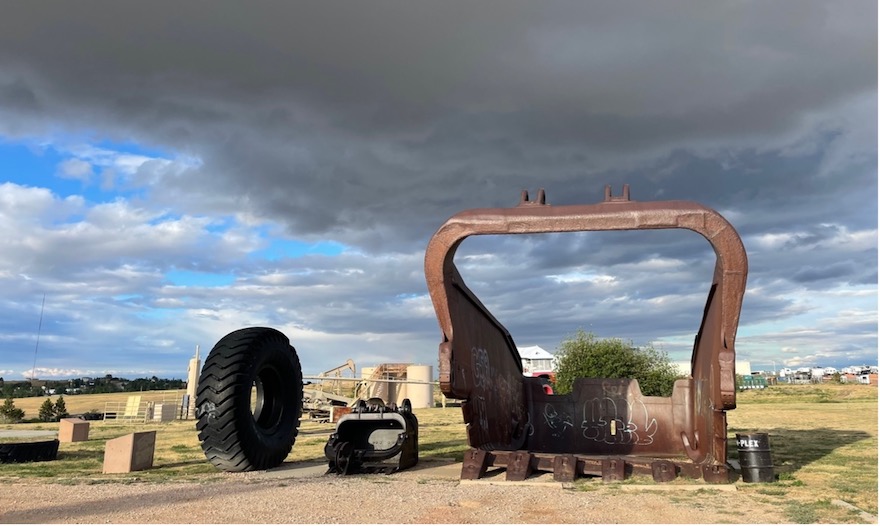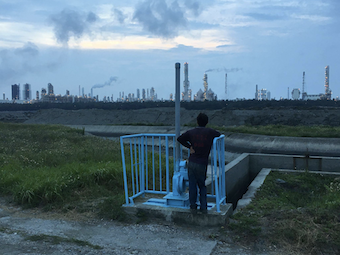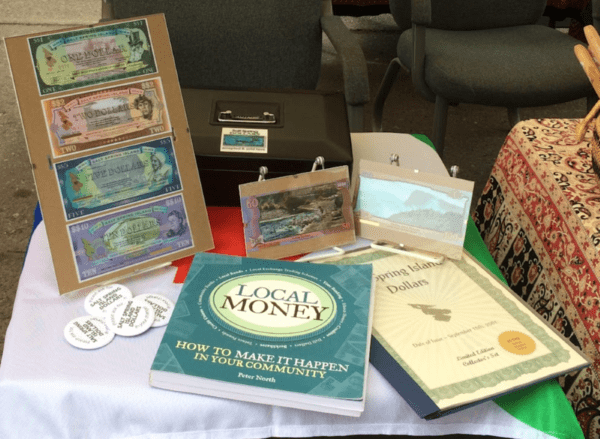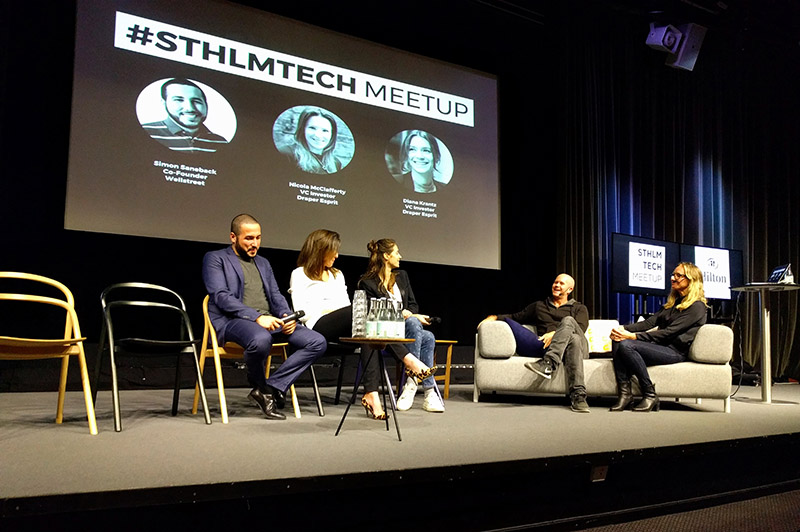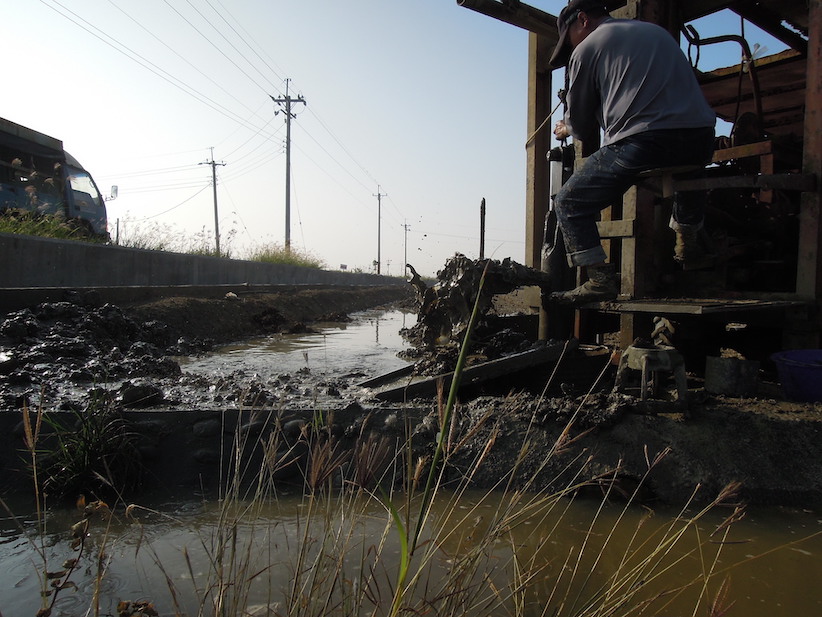
Making the Invisible Seen: The Infrastructure of Modern Groundwater Governmentality in Taiwan
In 2009, the Taiwan High Speed Railway Company (THSR) claimed that severe land subsidence in Changhua and Yunlin counties was compromising and damaging the structural integrity of the railway. The THSR urged the government to regulate the over-pumping of groundwater in the region, which was seen as culpable for the land subsidence, in order to guarantee the safety of the rail users. Since the agricultural wells constitute a significant proportion of the total wells in these two counties, the safety issue became an issue of “water-justice” – local farmers have accused the Sixth Naphtha Cracking Plant owned by the Formosa Plastic Corporation of exploiting Yunlin’s surface water thereby forcing them to pump groundwater. To tamper farmers’ sentiments, the central government announced that according to a relevant survey, land subsidence was caused by deep wells, rather than farmers’ shallow wells. Therefore, the government would not forbid the pumping of groundwater by farmers in Changhua and Yunlin county. (read more...)

